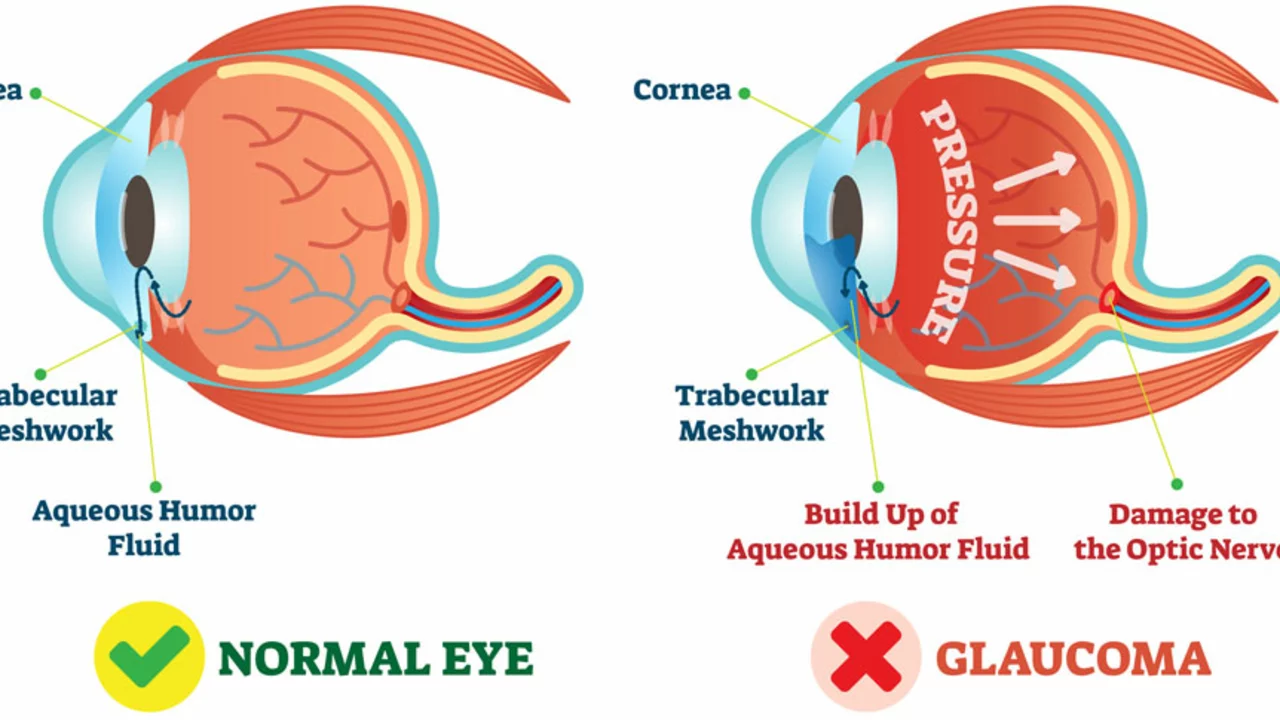Procedure Expectations: Your Simple Guide to What Happens Before, During & After
If you’re about to have a medical procedure, the biggest question is usually "what will happen?" You want to feel ready, not scared. This guide breaks down the whole process in plain language so you know exactly what to expect and can stay calm.
Before the Procedure
First step: your doctor will give you a checklist. It often includes fasting rules, medication changes, and paperwork. Follow the fasting instructions carefully – even a sip of coffee can throw off anesthesia.
If you take blood thinners or vitamins, your doctor might ask you to pause them a few days ahead. Keep a list of every drug, supplement, and over‑the‑counter item you use and share it during your pre‑op visit.
Ask about the type of anesthesia you’ll get. Some people get local numbing, others go under general anesthesia. Knowing whether you’ll be awake helps you pack the right comfort items – like headphones for music or a favorite pillow.
Arrange transportation. Most clinics won’t let you drive home after sedation, so schedule a friend, family member, or ride service. Having a set plan reduces last‑minute stress.
Practice breathing techniques. Simple deep breaths can lower anxiety and improve oxygen flow during the procedure. Try inhaling for four counts, holding for four, then exhaling for four – repeat a few times before you head in.
Finally, get a good night’s sleep. Rested bodies handle anesthesia better and recover faster.
During the Procedure
When you walk into the treatment room, staff will check your ID, confirm allergies, and re‑verify your consent forms. This is their way of making sure everything matches what was discussed.
If you’re under general anesthesia, a breathing tube or mask will be placed after you’re asleep. You won’t feel anything – that’s the point. For local procedures, a numbing shot will pinch for a second, then the area goes numb quickly.
The medical team monitors your heart rate, blood pressure, and oxygen levels the whole time. They’ll talk to you if they need any adjustments, but most of the work happens silently behind the scenes.
Procedures can feel longer than they are because you’re relaxed or unaware. Trust that the staff is trained to keep you safe.
If you have any sudden discomfort after waking up, let the nurse know right away. They’ll check for pain, nausea, or other signs and give medication if needed.
After the Procedure
Recovery starts as soon as you’re in the recovery room. You might feel groggy, have a sore throat (if intubated), or notice bandages.
Follow the discharge instructions exactly. They usually cover wound care, activity limits, and medication schedules. Take pain relievers on schedule – don’t wait until it hurts badly.
Hydrate well. Fluids help clear anesthesia remnants from your system. A glass of water every hour is a good rule unless you’re told otherwise.
Watch for warning signs: heavy bleeding, fever over 101°F, severe swelling, or intense pain that won’t improve with meds. If any of these appear, call your doctor immediately.
Plan light activity for the first day – short walks are better than staying in bed all day. Gentle movement improves circulation and reduces stiffness.
Schedule a follow‑up appointment if instructed. This visit lets the doctor confirm healing and answer lingering questions.
Remember, most procedures have straightforward steps and predictable recovery patterns. Knowing what’s coming helps you stay calm and focused on getting better. Use this guide as your checklist, ask questions whenever something isn’t clear, and trust that the medical team has your health as their top priority.






